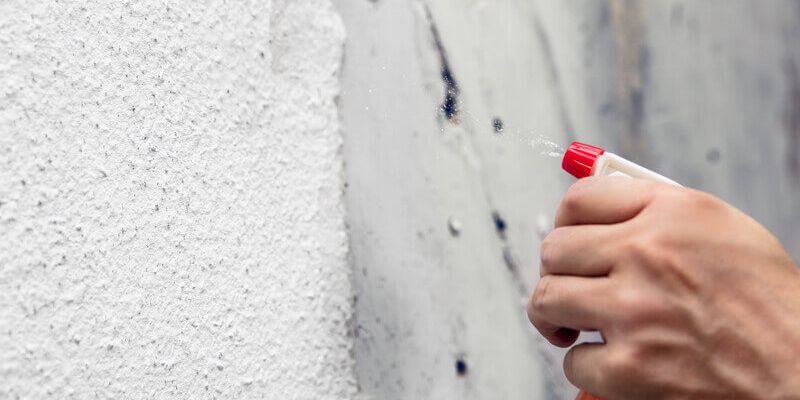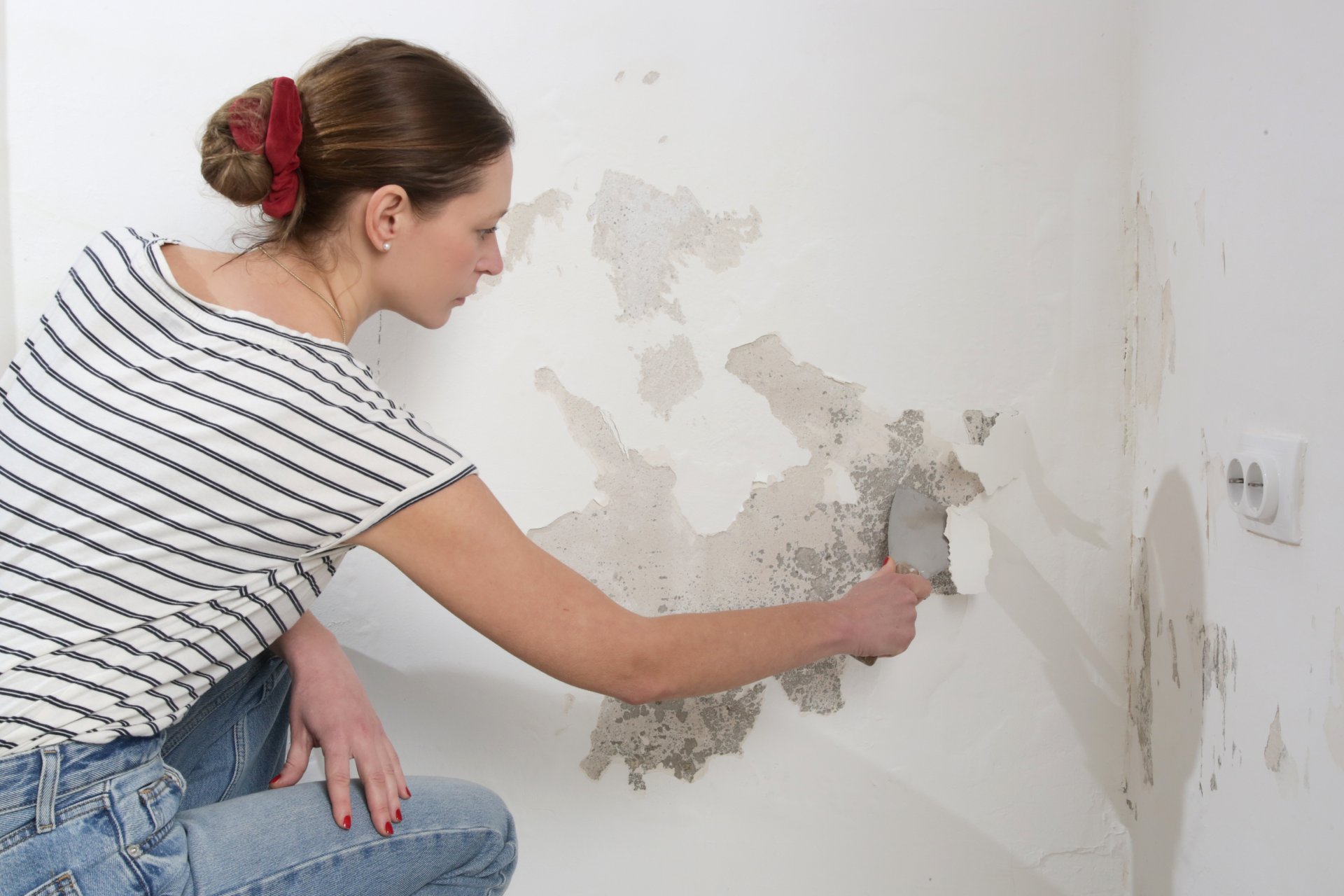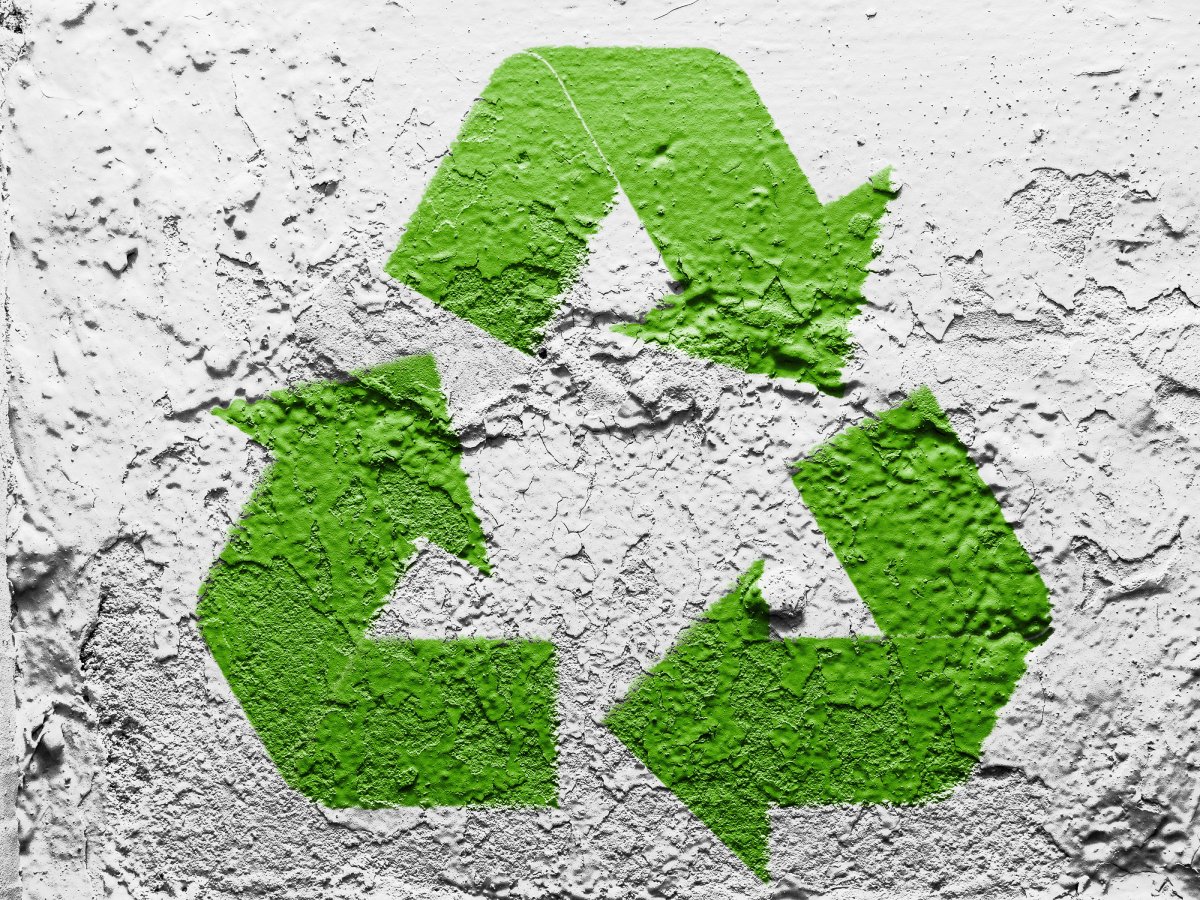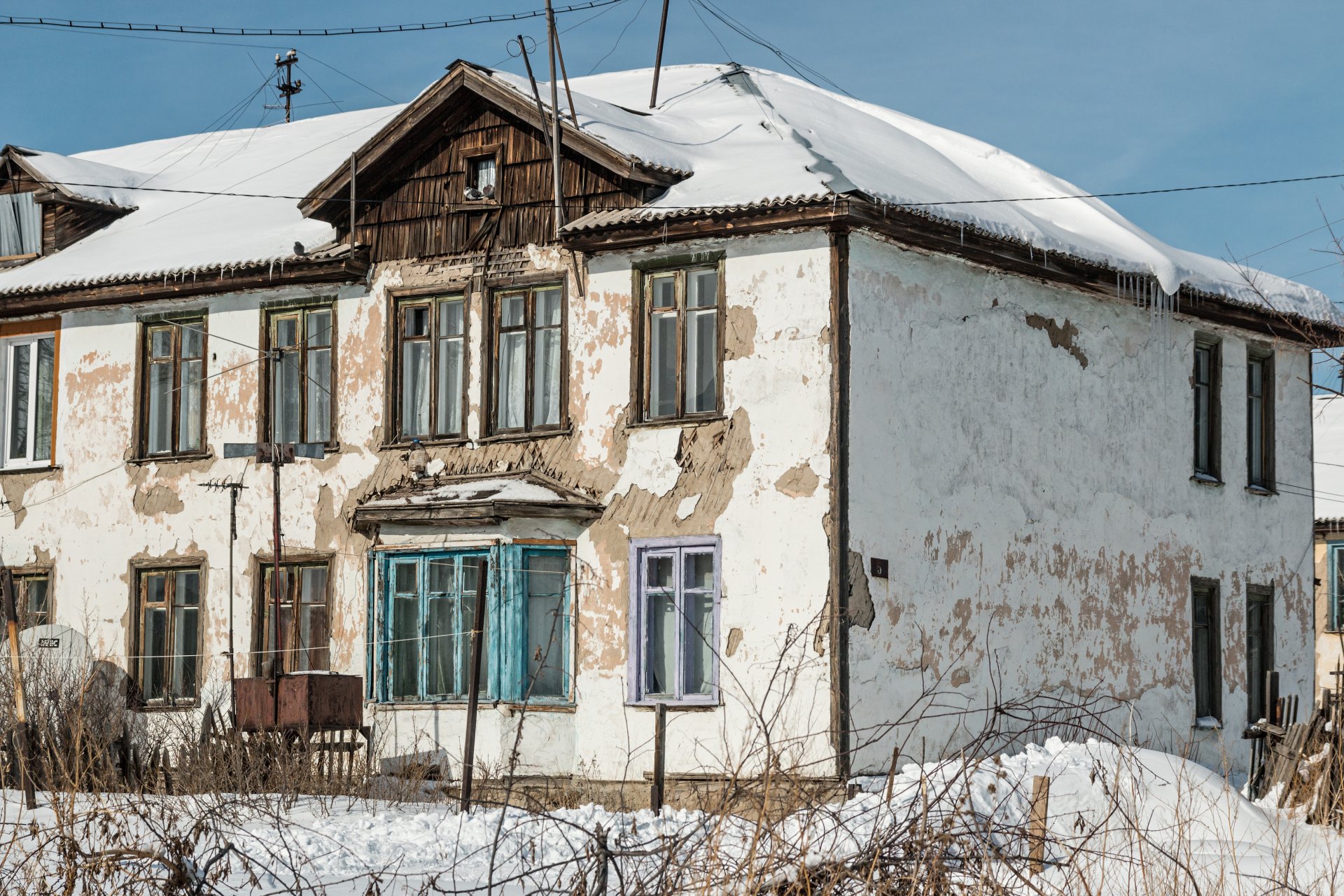The truth is that coating or a paint finish removal from a wall is tough and tricky of a job, but we just have to do it sometimes, despite that it often requires a lot of work. Regardless of if you are getting rid of paint stains or looking to restore the wall to its former great look, know that this is not achievable with soap and water.
Paint removal from the wall will need a great aggressive plan while still maintaining the original wall’s integrity.
The application of a fresh coat of paint by Painting Contractors Near me is a great way to give the curb appeal of your home an improvement and keep your home’s exterior siding.
Prep work is an important part of having a paint job and a nice-looking finish that lasts longer.
The best removal method for exterior house paint depends on the paint’s condition, the surface type, paint, as well as other variables.
Are you prepared to paint your house’s exterior and need ways to get rid of the peeling paint?
Figure out the best removal method for exterior house paint from our professionals.
Best Painting Stripping Methods for Exterior House Paint
There are three paint stripping methods: grinding, heat application, and using chemicals. These three requires hard work since paint removal is difficult because of the binder that makes it to adhere.
Other several methods were considered by Clark and his crew on Winchester siding before they conclude. As revealed in this article, each method has pros and cons. But there is a bit different in every paint-stripping job.
Chemical Paint Removal
In some cases, peeling paint requires help. Combining chemical paint remover with scraping and sanding will ensure old existing paint is removed and provide you a better surface to prepare for paint. However, there is a cost to this convenience, and the use of chemical paint strippers on the whole house can be costly. Paint strippers are generally used on the wall, left to work their way, and removed using a paint scraper or power tool.
Heating to Remove Paint
You can also remove exterior house paint with heat. The paint will be heated up with a heat gun or an infrared paint stripper, so it peels without stress from the surface. This is a great method if you don’t want to sand after scraping paint or avoid using chemicals.
However, it would help if you took caution when you are using a heat gun. Firstly, the concern about releasing heated old lead paint into the atmosphere crops up. Secondly, overheating the wood can lead to embers formation under the surface and set the house ablaze later.
Power Washing for Paint Removal
Power washing is the best way to get your house ready for painting, but it should not be the major means of preparing the siding. It may cause blasting of loose and flaking paint, but this in most cases results in the cost of marring the wood. Make use of a pressure washer before scrapping to get rid of any loose chips and flakes, and avoid inching the nozzle closer to the surface to remove that stubborn paint.
It is better to leave power washing for the last to get rid of dust and debris resulted from scraping. This means that there are various methods of paint removal. The method you choose to use will be different based on the quantity of paint you need to remove, your budget, as well as the number of time you wish to spend. Not only paint that requires removal. Do you also need a wallpaper removal method? Contact us at Dallas Paints.
Grinder Paint Removal
For example, grinding – the use of power sanding disks or clapboard sanders is much more efficient on a siding in perfect condition, but it leads to lead-laden dust. Even though it is possible to use a vacuum hose to fit the tools, Clark doesn’t want to take any risk of releasing any lead-laden dust into a community like Winchester.
According to Clark, the work was to be done for high summer, when people open their windows, aside from the dust, the constant noise resulting from the tools is also another thing to worry about.
Exterior Paint Removal Tools
If you are fortunate enough, you can complete your work with little elbow grease as well as a paint scraper. However, this method will take a lot of time to remove all the paint on the entire house. To perform significant paint scraping and removal, make use of the tools and methods given by our experts below:
- Hand Tools for Paint Removal: These tools ensure work is kept simple and needs lesser effort and patience. They are ideal for getting rid of peeling paint in small and easy-to-access spots.
- Putty Knife: Similar to the knife you use when repairing drywall. Putty knives, however, have varieties of blade thicknesses, materials as well as flexibility. Get a metal putty knife that has a stout and string blade that can perform paint scraping properly.
- Paint Scraper: These are ideal for house siding with many peeling or flaking paint. With varieties of styles, we suggest you check your nearest hardware store to figure out the best match in your hand and fit your needs. You will find a pull scraper as a more ergonomic option and often come with replaceable blades.
- Wire Brush: You can best use a wire hand brush when combined with a paint scraper to get rid of fine small paint and woody debris.
- Power Tool Attachments: Paint removal can be quickly done through the use of sandpaper, carbide discs, wire wheels, and abrasive flap discs. You can buy these attachments for angle grinders and cordless drills.
Steps To Remove Exterior House Paint
1. Check the Condition of the Paint
A house that was last painted 50 years ago will need a separate preparation method than a house that was painted 5-years ago. No matter the age of the paint, homeowners should always get rid of loose and flaking paint.
In some situations, this happens in just a few areas; this might be seen in the entire house in other cases. Even if your painting is not peeling, preparing the old painted surface using 180-grip sandpaper is always the best so you can give a new and ready base for the new paint. Your removal doesn’t have to affect the whole paint; concentrate on peeling areas easily and scuff the other parts that still adhere.
2. First Test a Small Area
Before you start your exterior painting removal project, we often suggest testing an area first. The best area to test is often a hidden place, just like a corner that is hidden from plain sight. Some of the major advantages of testing are that you don’t like the underlying brick, or the painting on the brick is to cover other imperfections.
3. Prepare Your Workspace
Cleanup is the part of a do-it-yourself project a lot of people don’t like, but you can save yourself by allocating time to get your space ready before you start working. If you perform paint removal from an old brick surface inside your building, you will want to at least make use of a tarp to collect dust, small debris, paint flakes, and so on that will fall while working.
You can also get another layer of protection for trim, floors, and so on, using a tarp or protective plastic. Finally, you can also contain dust to a particular area by masking off doors and the room.
4. Getting the Brick Surface Ready for Paint Removal
Before you apply any remover solutions, scrape away any flaky paint from the surface using a trowel’s flat edge. With the use of the Wagner Painteater paint remover, begin to sand away the external layer of paint.
Pro Tip
If the brick in these areas is exposed to plain sight, you might have the opportunity to remove the paint using a heat gun as they are an economical solution that doesn’t cause much mess.
5. Removing Paint Stains that has Settled Deep
If you still notice paint on the brick, you can then use a paint remover to spot-treat the area. Continue to scrub the brick using a scrub brush in a back-and-forth direction to get rid of the paint that has settled deep into the brick’s pore. For highly-stubborn parts, tackle with a scrub brush and scouring powder.
After brushing the area with water, apply the scouring powder and then scrub thoroughly to get rid of any leftover paint residue.
6. Rinse the Brick Using Clean Warm Water
Immediately after the whole paint has been removed from the wall, use clean, warm water to rinse the surface to get rid of any residual TSP solution or paint removal gel. Leave the wall to dry and inspect for areas that require another wipe down.
7. Finishing Your DIY Project
After the wall’s surface is dry, you can paint it a new color or seal it using a FLEXiO Sprayer.
Professional Painting Services
Dallas Paints will handle the entire task involved in your exterior painting project, which includes scraping, sanding, prepping, priming, pressure washing, and painting.
With numerous experiences in the industry, we understand and have devised the best method to prepare your house for paint and customize our technique for every home.
Our experts will perform all they can to make sure you have a paint job that lasts longer and looks nicer. We also offer a 2-year warranty on all our household projects. Contact us today!




